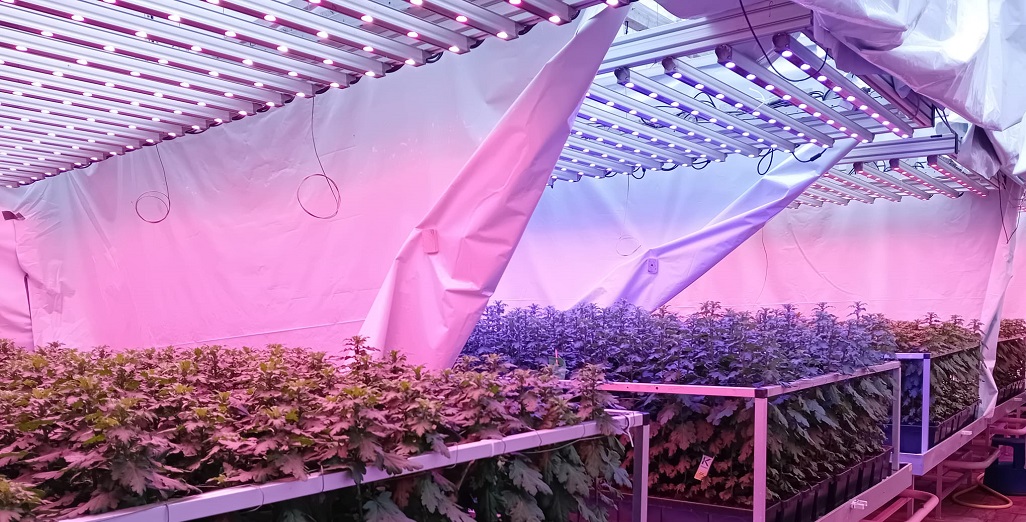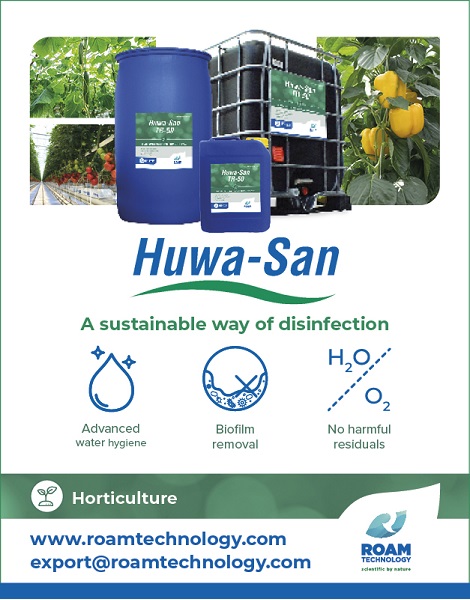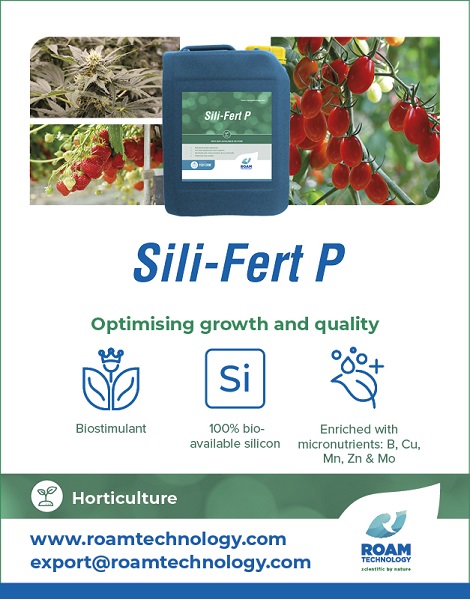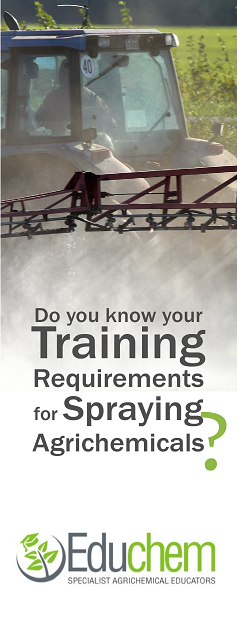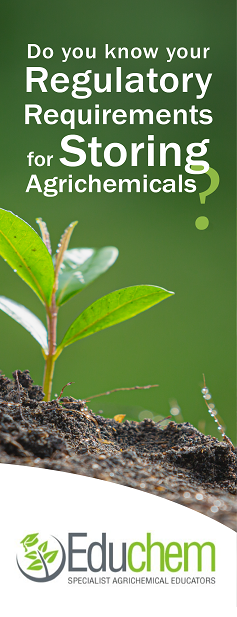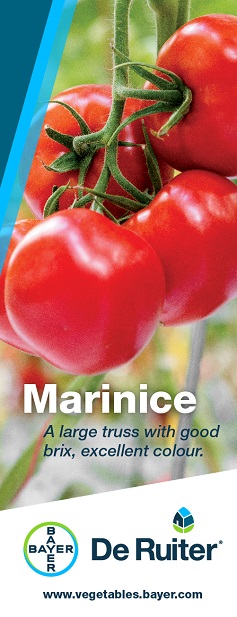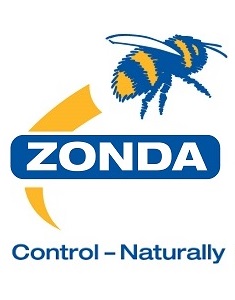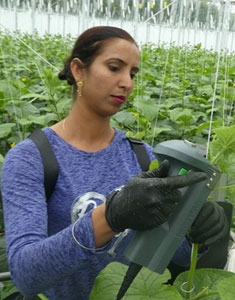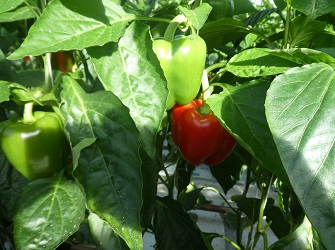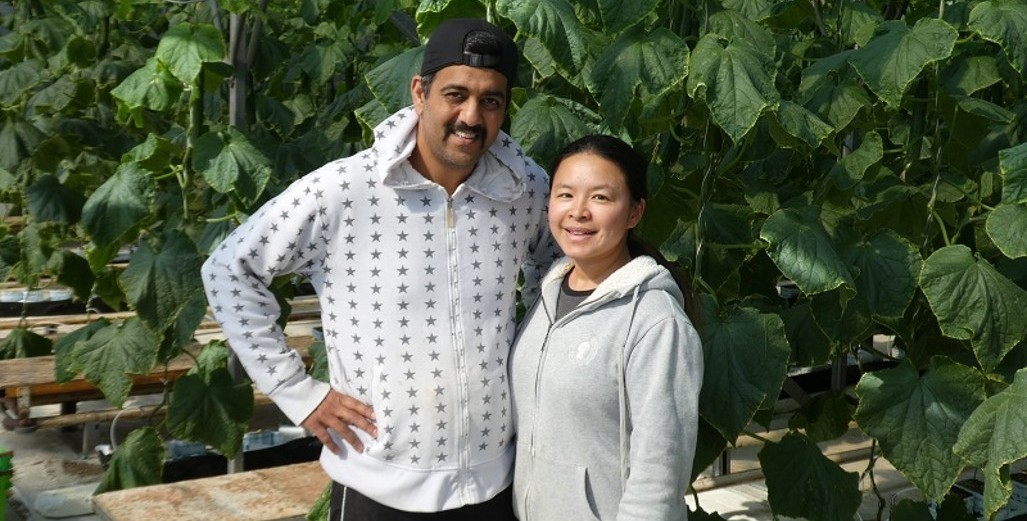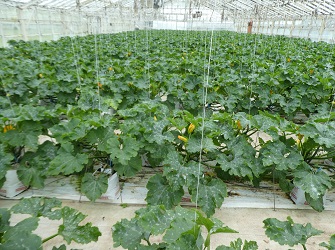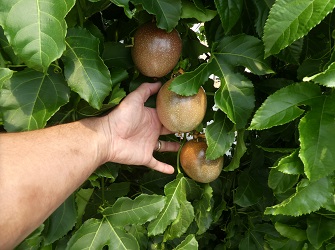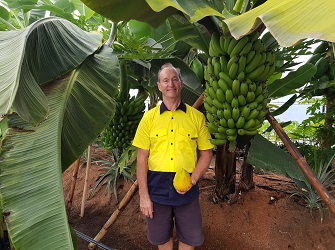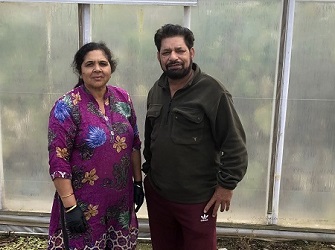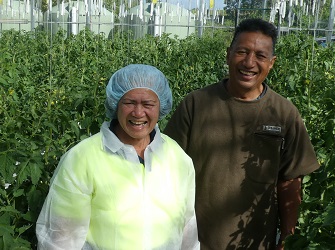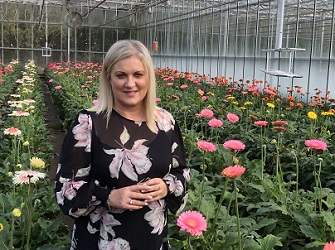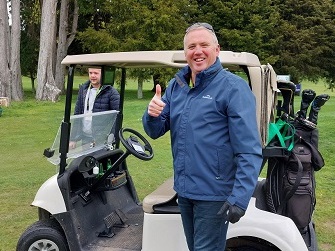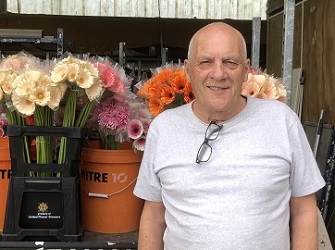Sign up here to subscribe to the Grower2grower Ezine. Every two weeks you will receive new articles, specific to the protected cropping industry, informing you of industry news and events straight to your inbox.
Dec 2023
Some Thoughts on Bananas – Dr Mike Nichols
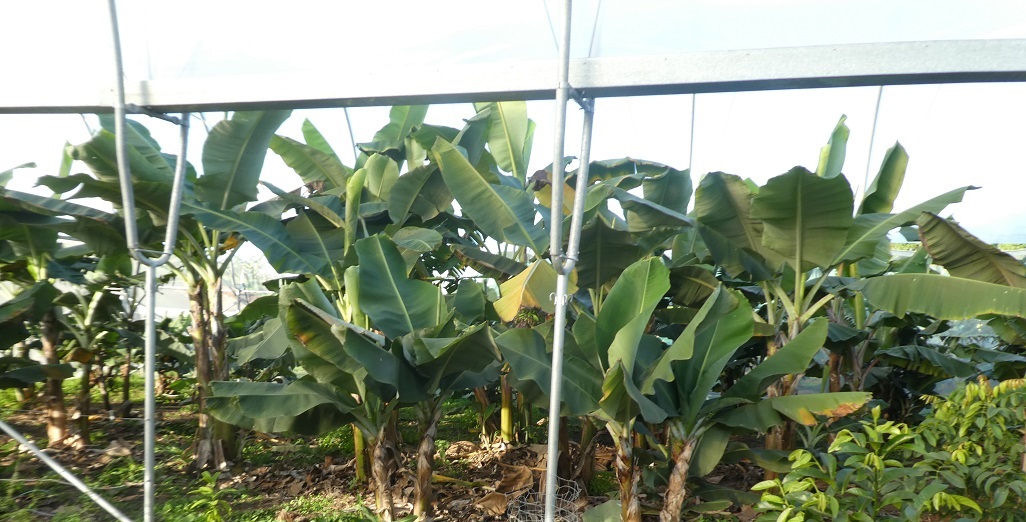
“The sensible way to grow bananas in New Zealand is in a greenhouse”
I have been a strong supporter of the concept of growing our own bananas in New Zealand for some time. The problem, as I see it, is that we have to compete with imported bananas produced in low-income counties (such as Philippines and Ecuador), where the labour is a few $US Day, compared with our much higher labour costs. The other problem is climate, because obviously we do not have a tropical climate.
In a recent article (in Fresh Plaza, 27/10/2023) I noted that Portugal obtains some of its Bananas from Madeira. A Portuguese Island in the Atlantic Ocean off the coast of Africa and at 32N. Madeira is a few degrees further north of the Spanish Canary Islands which I had visited for a conference a few years ago and been shown a little of their banana industry by tropical fruit authority Dr Víctor Galán Sauco.
The most interesting fact in the Madeira article was the fact that 32N is not very different from the latitude of Northland (34S), and that the average yield is some 35t/ha but the better growers produce 60t/ha because they grow in greenhouses and the extra 2 C increase in temperature is critical!!!
I am certain that the same would apply in New Zealand. I therefore believe that the sensible way to grow bananas in New Zealand is in a greenhouse, where the combination of global warming and of the additional protection of the greenhouse will enhance productivity.
Bananas are the most important fruit crop in the world on a tonnage basis (120 million tonnes, while apples are 93 million tonnes) and yet they are one of the least researched crops. For example, we do not know what causes the flowers to be initiated. Why (for example) do the Cavendish types flower at about 18 leaves, and the Lady finger types at 35 leaves +? Is it related to biological selection to avoid the fruit being consumed by marauding animals?
If we were able to control the number of leaves prior to flowering, it might be possible to produce dwarf lady finger types and grow them easily in greenhouses!!!!
In fact, by using hydroponics to improve plant growth efficiency it might be possible to produce a good crop of bananas with a 6-8 leaf plant. After all the bulk of the yield for cereals is developed from the last (flag) leaf, could not a similar pattern apply with bananas??? Do we really need all those lower leaves? The real challenge is to find out what process causes flower initiation. Many tropical fruit initiate flowers during the dry season, and flower when the rains arrive. Does banana have a similar response, and if so, how could the moisture stress be efficiently delivered.
Dr Mike Nichols

CLASSIFIED
Photo
Gallery
Subscribe to our E-Zine
More
From This Category

Ground cover: woven weed mat or solid plastic… or both?
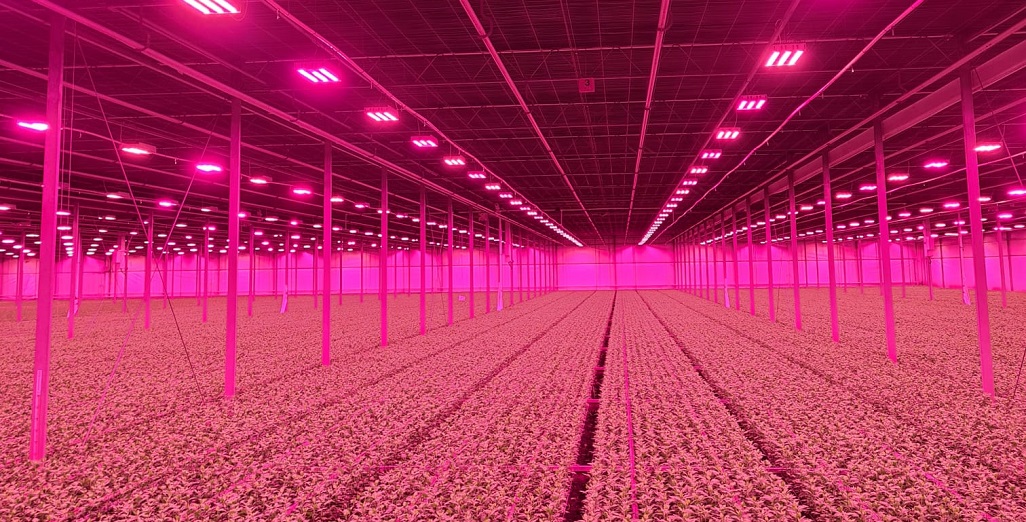
Integration of Philips GrowWise control system with climate computer allows Huisman Chrysanten to light more effectively and efficiently
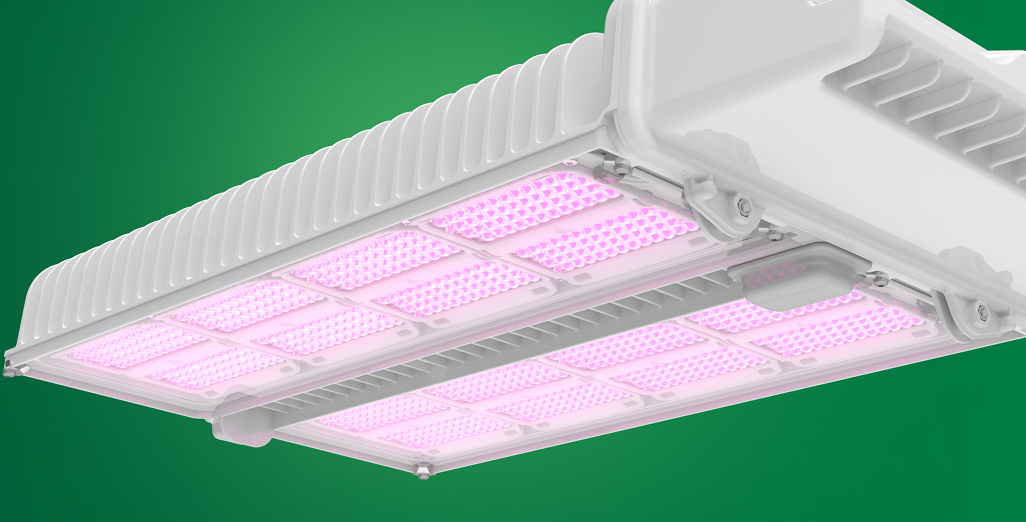
New Philips GreenPower LED toplighting force 2.0

Condensation re-visited
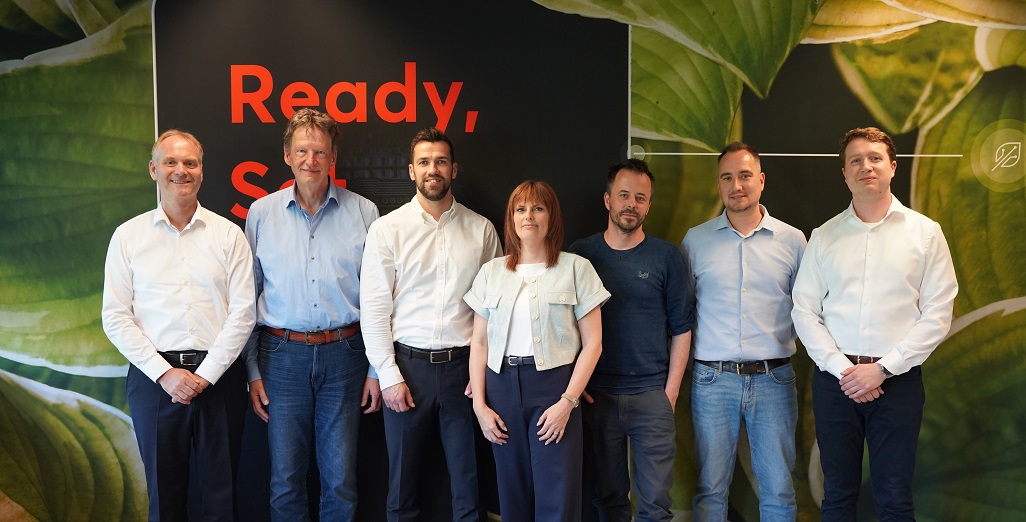
Philips GrowWise Research Center to test and showcase intelligent lighting
